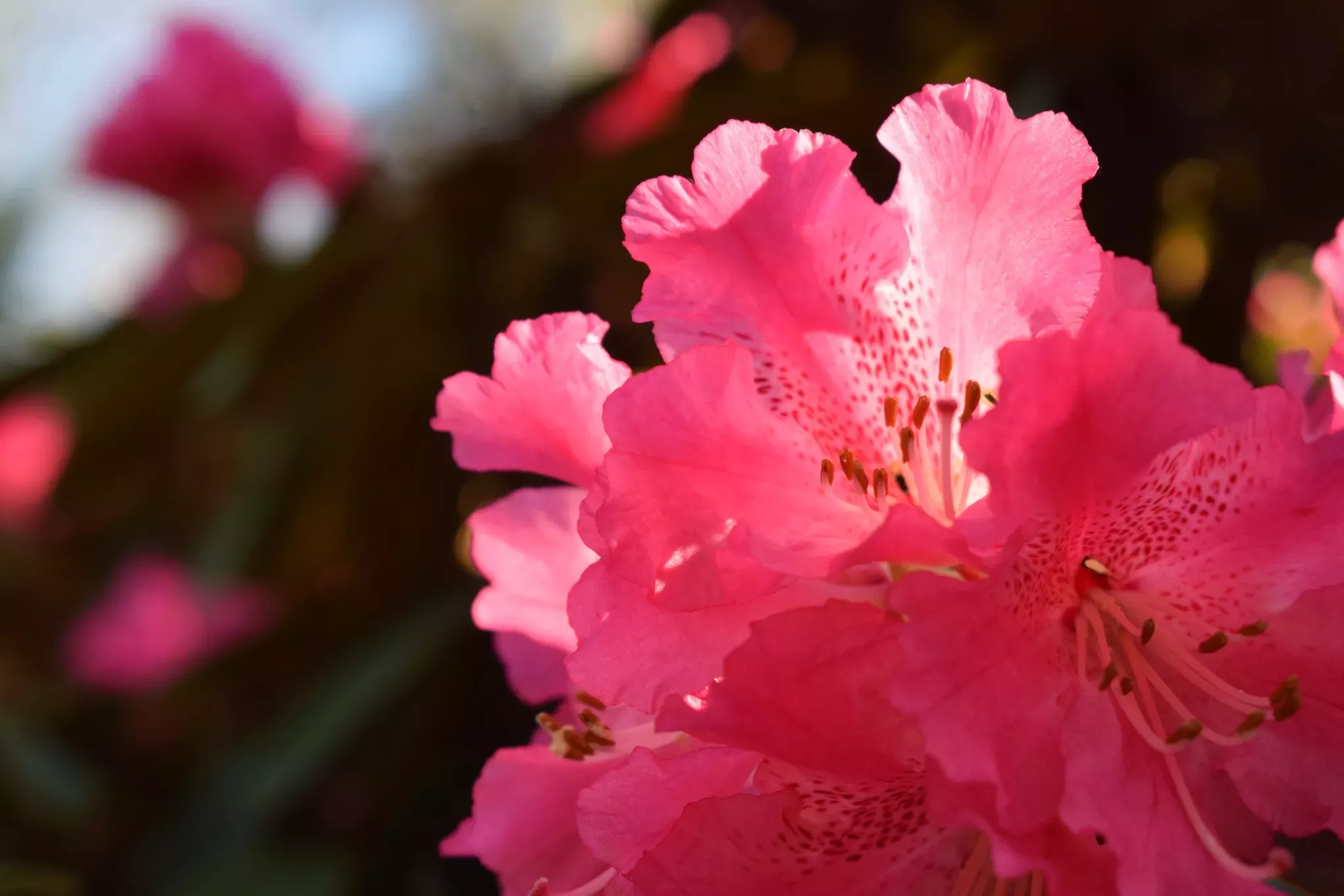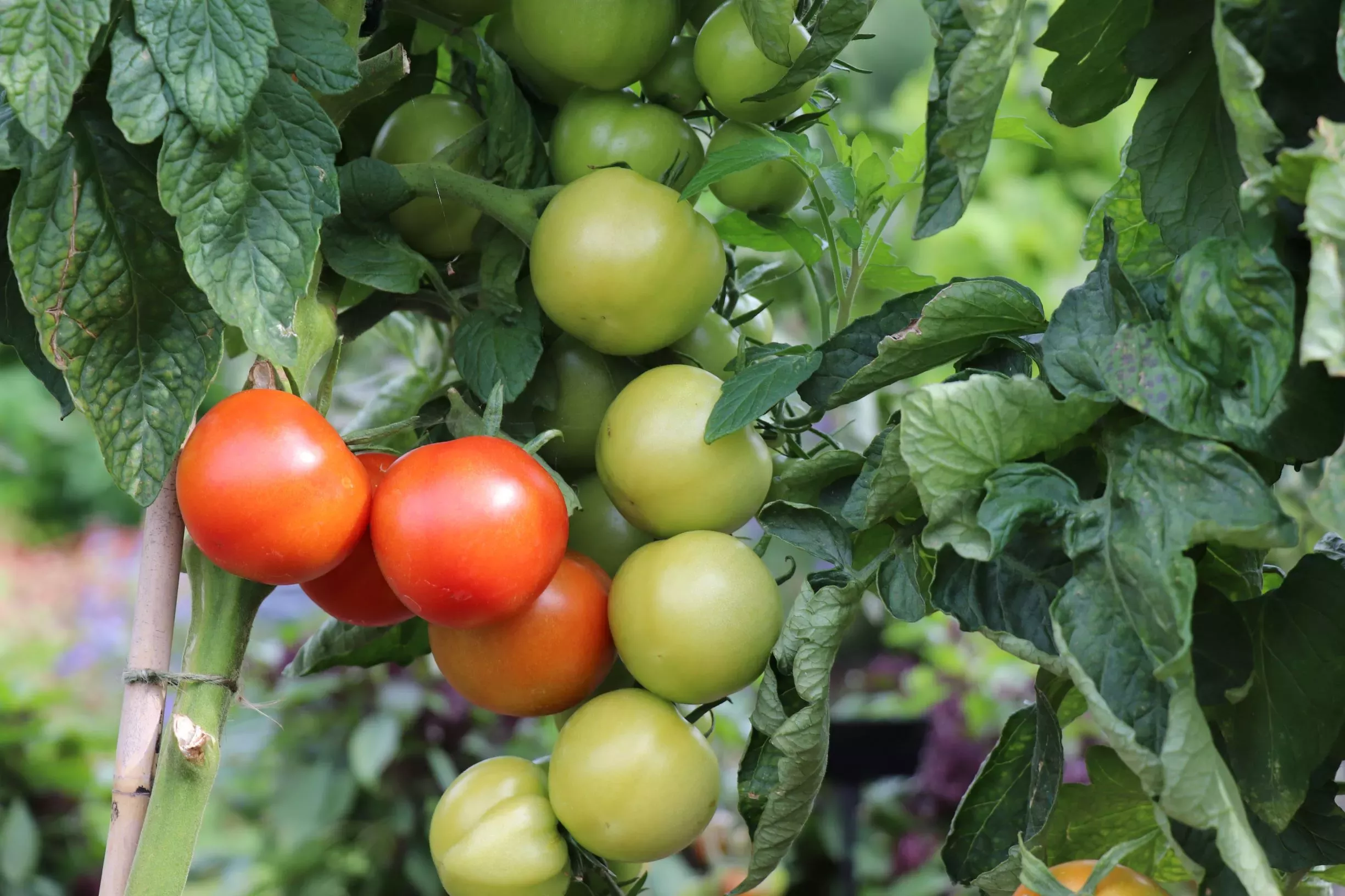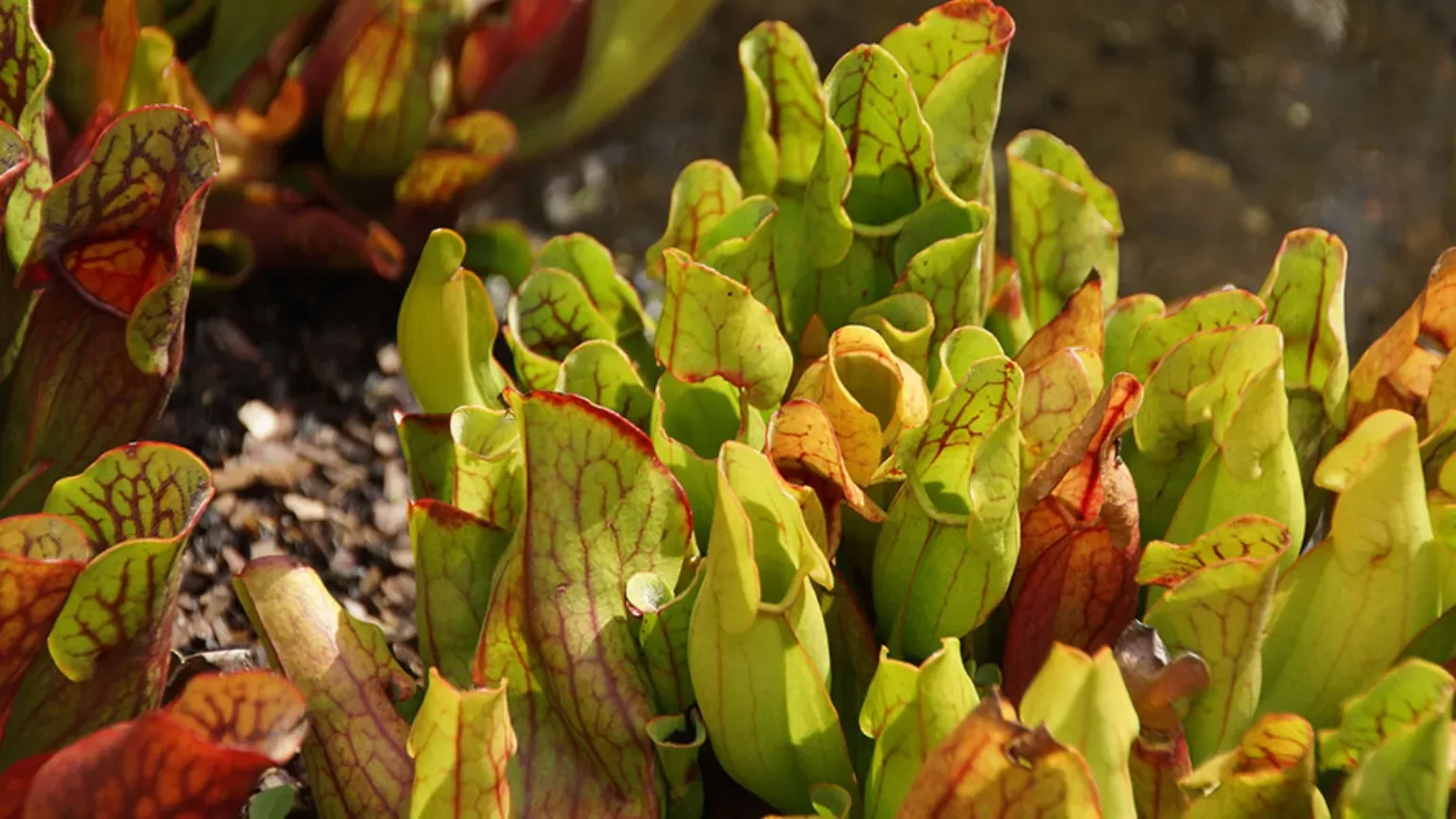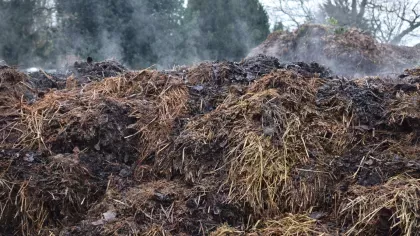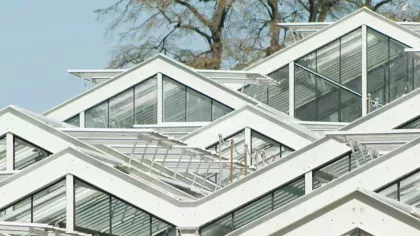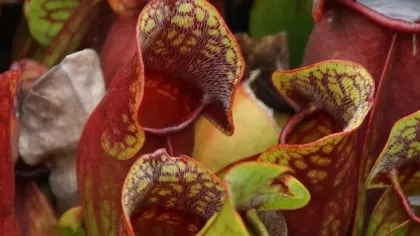18 November 2019
In Pictures: Poo-loving plants
Learn more about the special relationship between plants and poo.

We take a quick look at the plants that rely on a healthy dose of poo to grow and thrive.
Shrew poo
While many of us look to veggies to get our essential nutrients, some pitcher plants have evolved to get their nutrients from shrew poo, like the Nepenthes ephippiata and Nepenthes rajah.
Native to Borneo, they have pitchers shaped like toilet bowls and the toilet connection doesn't end there.
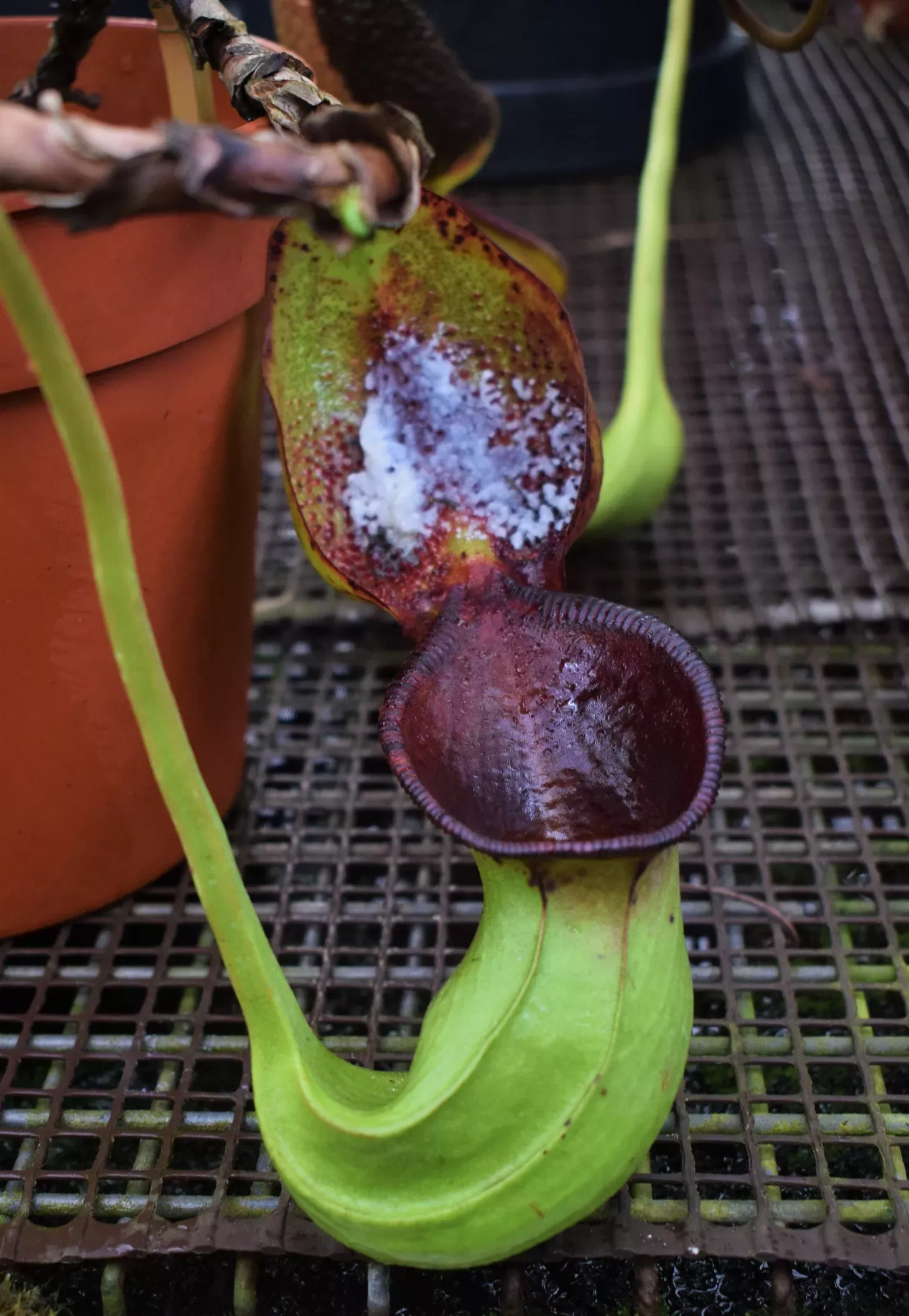
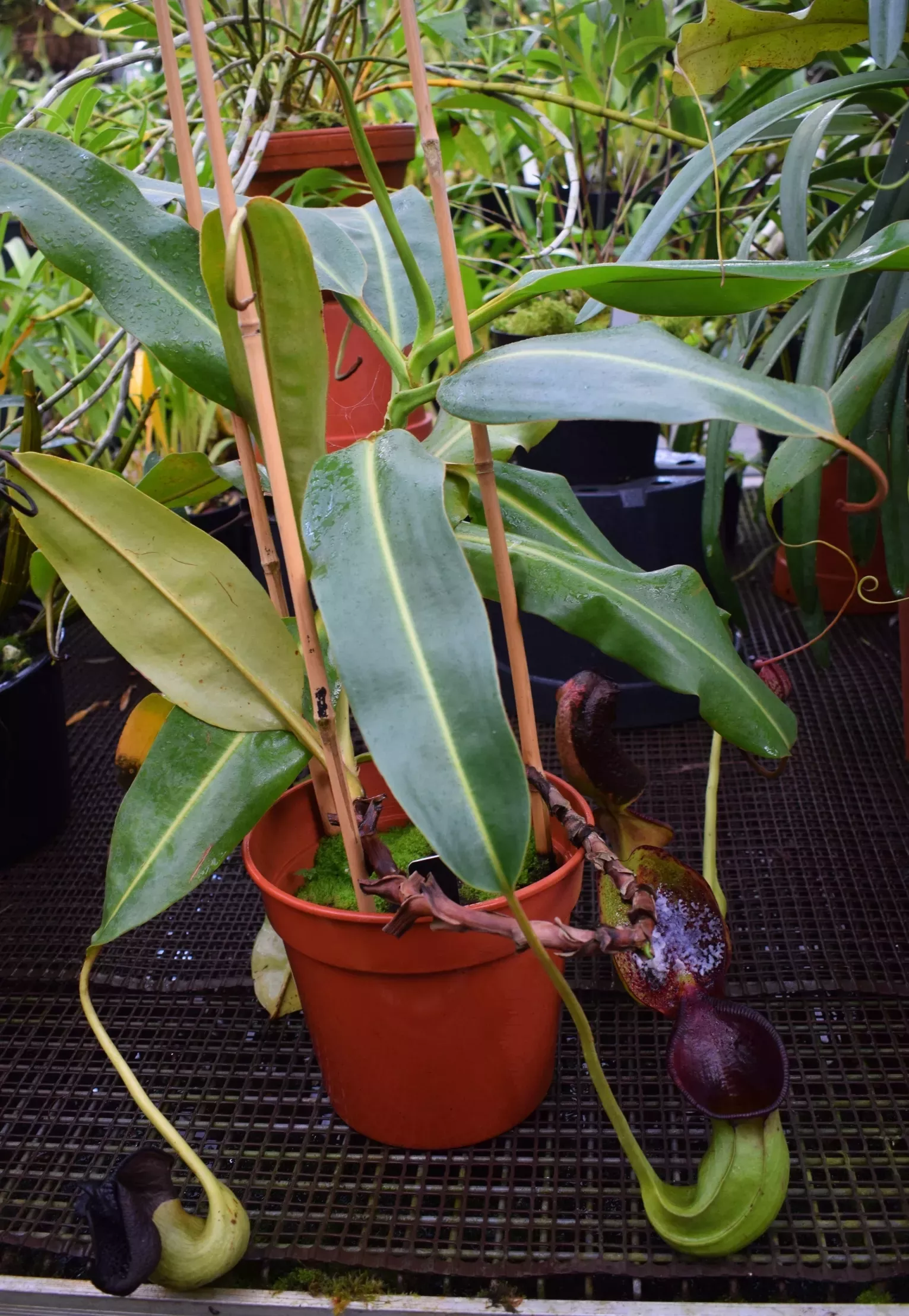
The shape and size of the pitcher mouth are the same size as a mountain tree shrew.
The plant produces nectar which the shrew likes to eat, and the nectar acts as a laxative. Whilst feeding, the shrew poops directly into the pitcher and the faeces provide the plant with essential nutrients.
These clever plants have developed a mutually beneficial relationship with the shrews – they are so entwined that neither one could exist without the other.

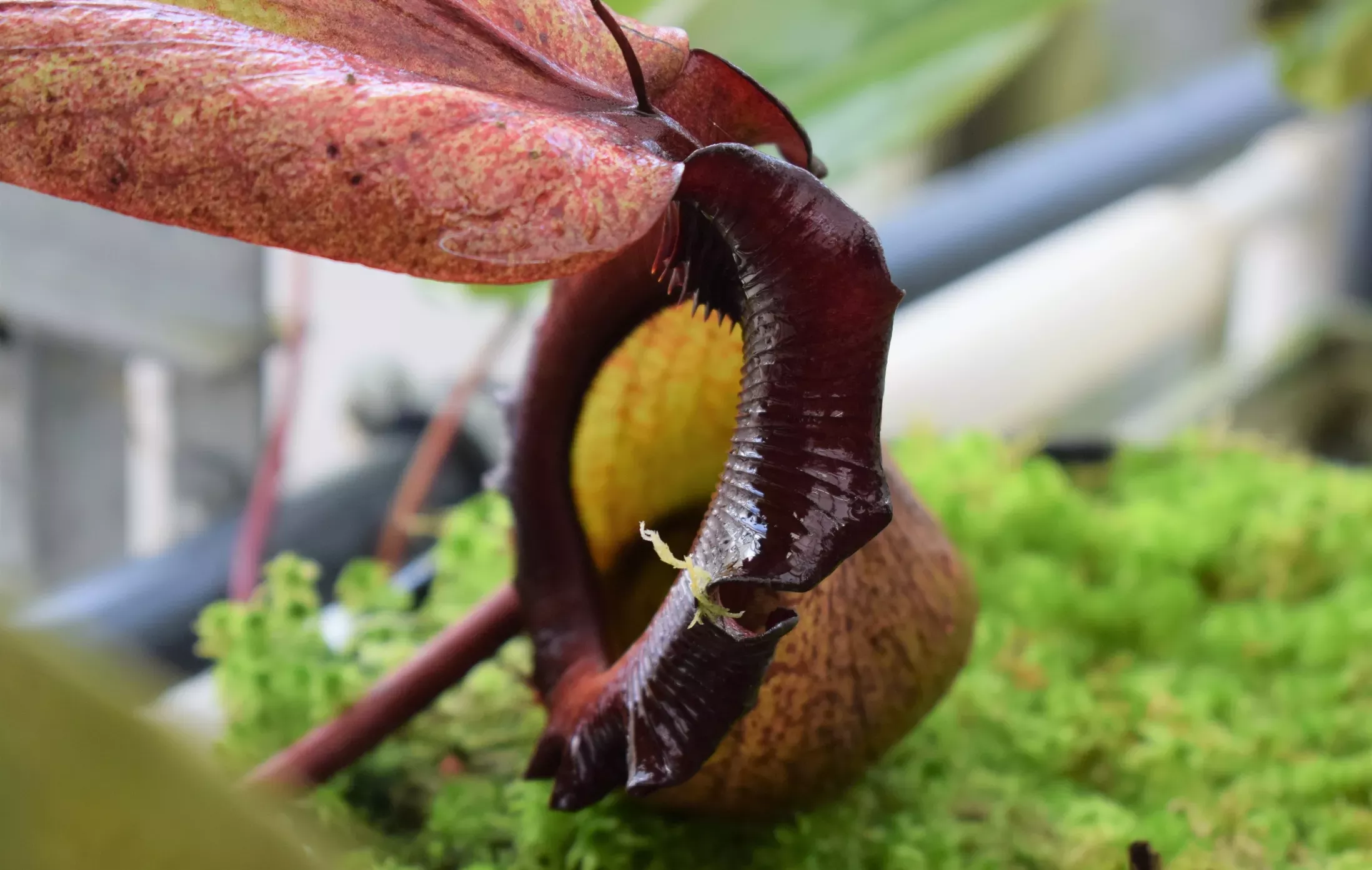
Bat poo
Nepenthes hemsleyana macfa is another species that captures animal poo. This plant has a special relationship with woolly bats because it provides them with a cosy roosting spot.
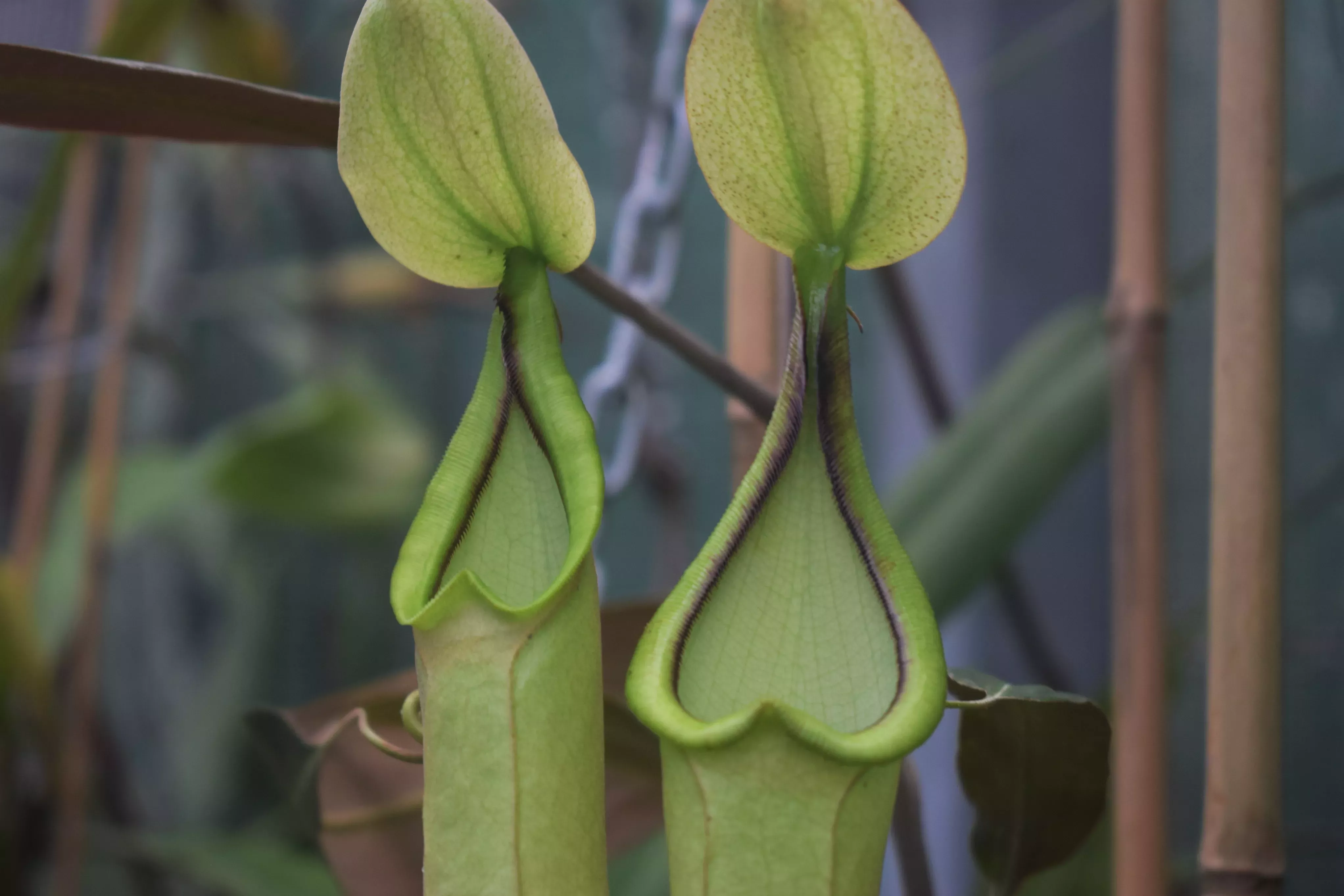
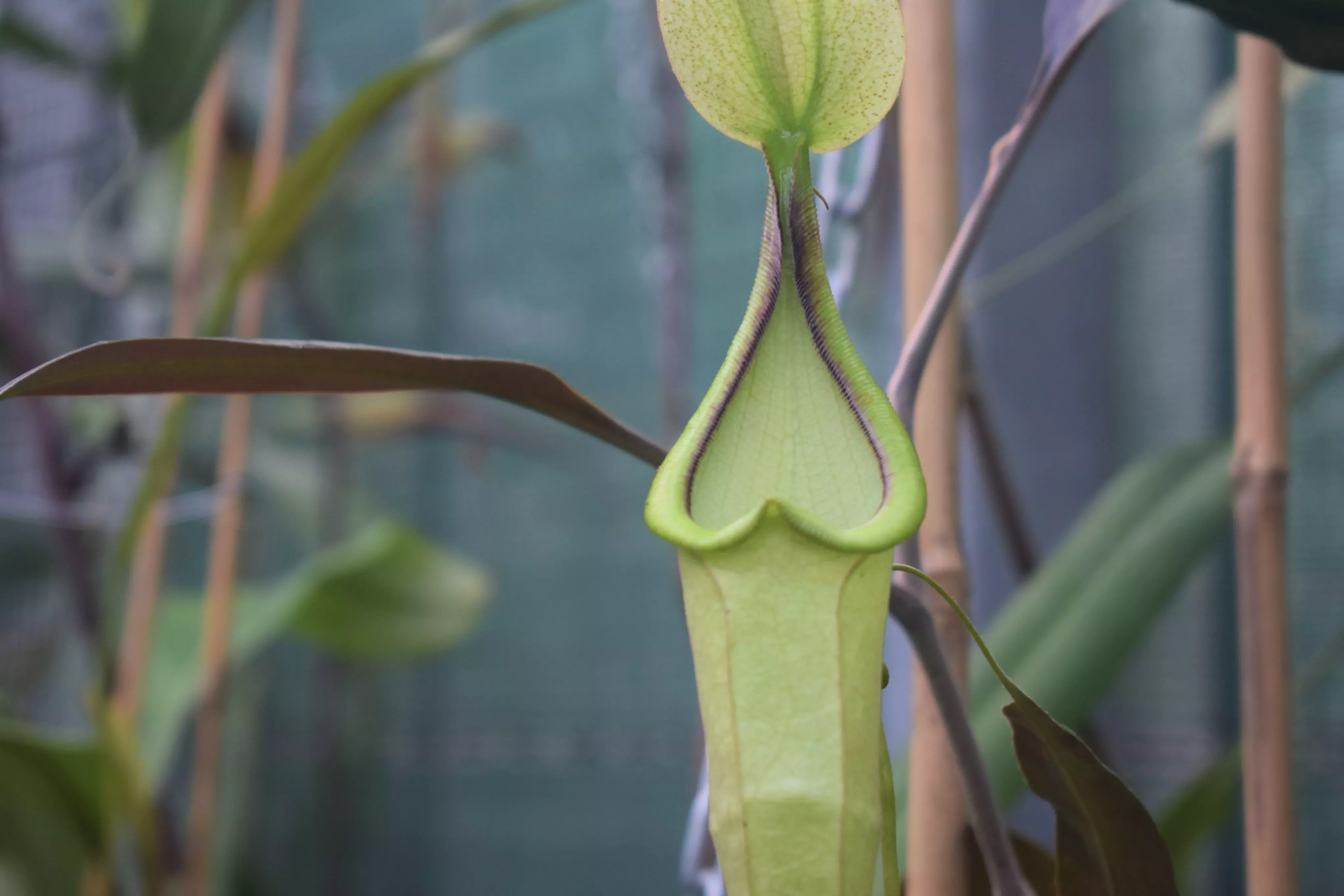
The pitcher has a prominent ridge which is perfect for the bats to cling to. It also has an enlarged opening which reflects the ultrasound calls of the bats, helping them to locate the plant among dense vegetation.
The bats get a safe roosting site and, in return, the plant is nourished by the bat droppings.
Horse poo
At Kew, we use horse poo from the Royal Horse Artillery Barracks to support the growth of our varied plant collection.
We mix the stable bedding (made up of straw and poo) with shredded plant waste from across the Gardens, which is a mixture of branches, leaves and grass cuttings.
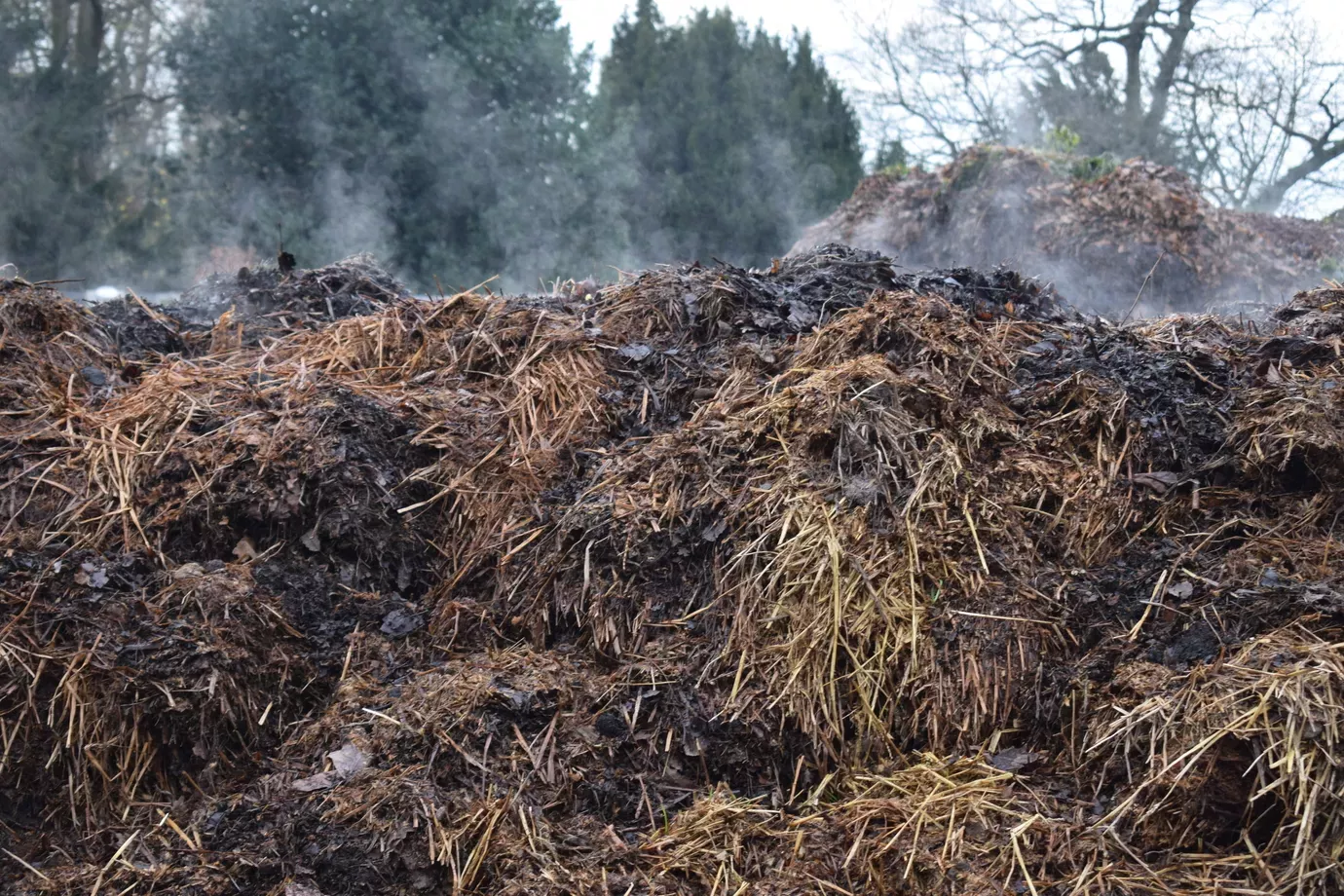
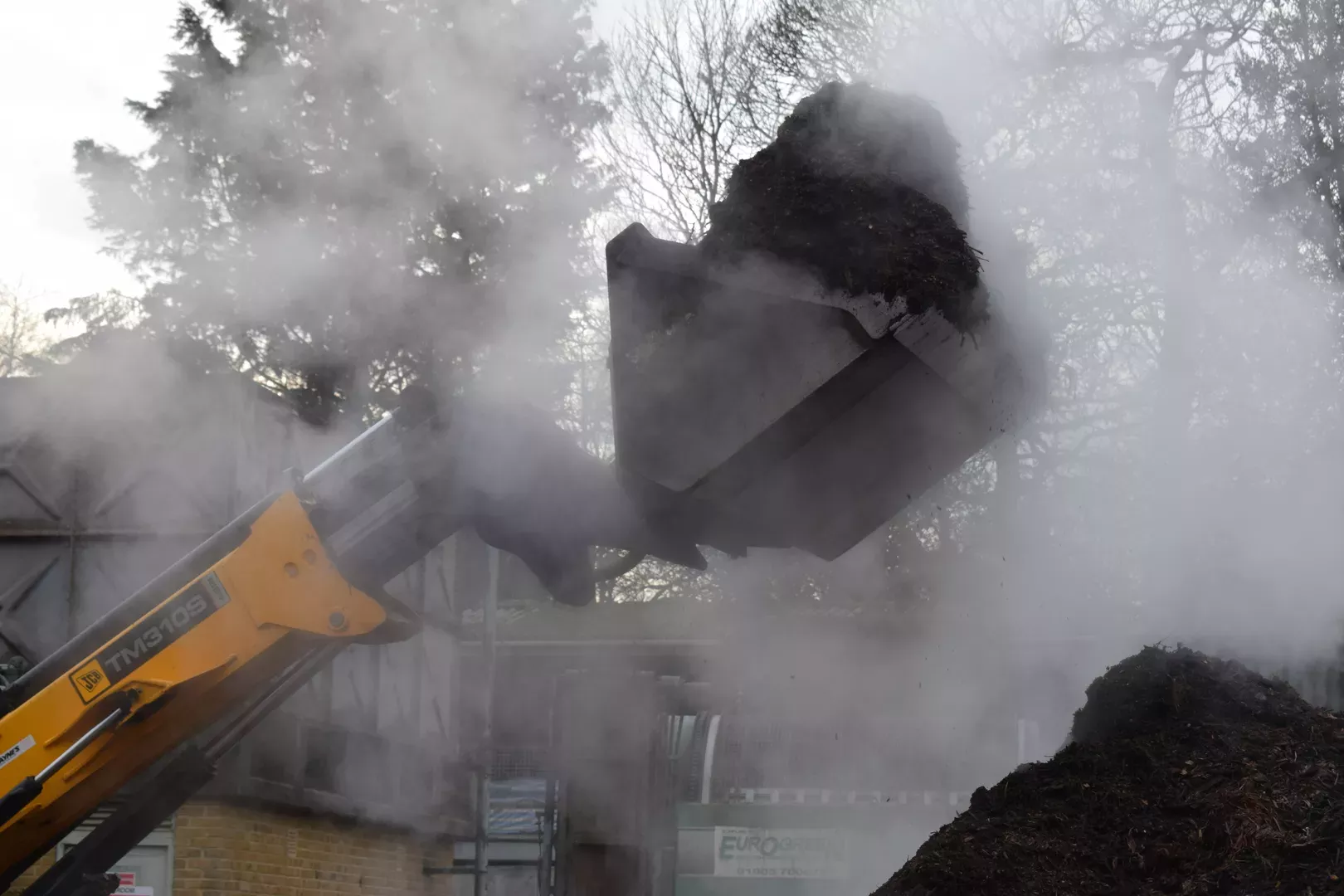
The mixture is formed into massive heaps, watered and turned by machines, and starts to decompose.
After about ten weeks of decomposition, the mulch is ready to be used and fed to our hungry plants across the Gardens, such as in the Kitchen Garden and the Rhododendron Dell.
